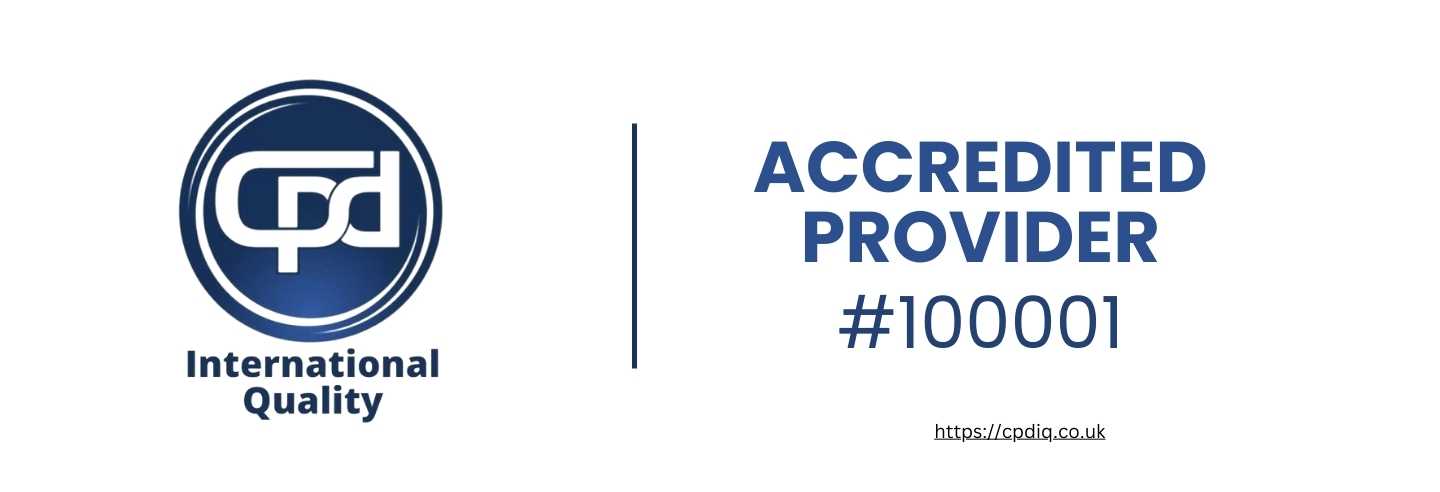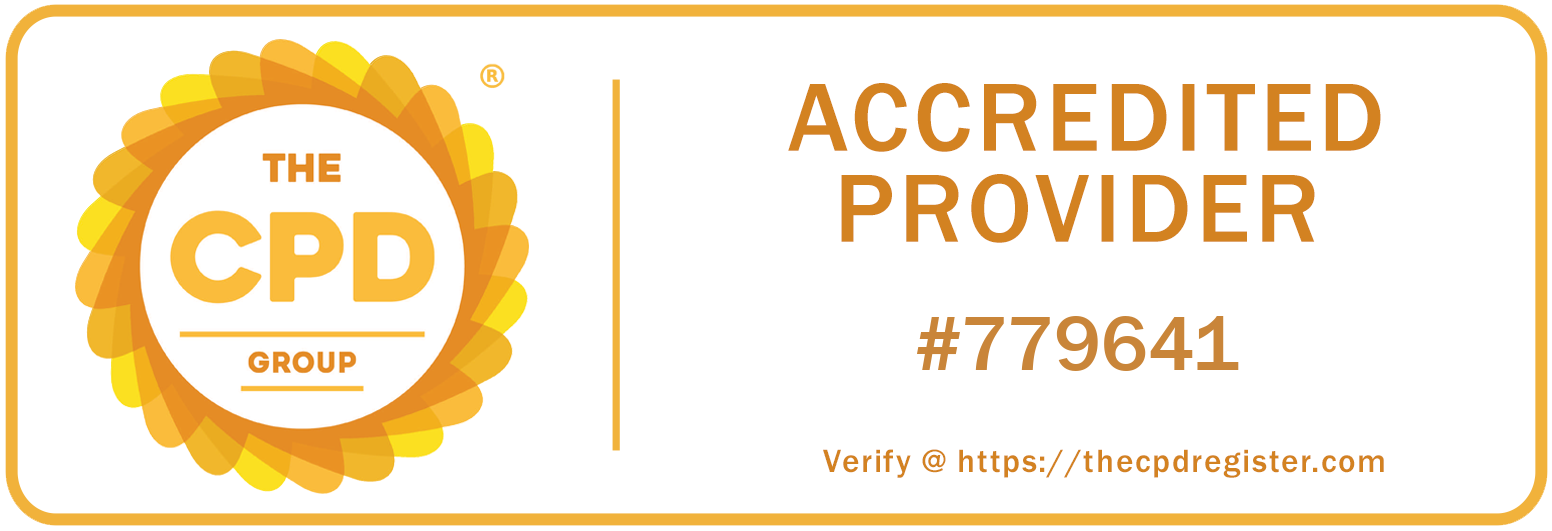
In order to keep your hands healthy and well-maintained, it’s recommended to follow a proper nail and hand care routine. This can mitigate problems such as dry hands, brittle nails, and cuticle issues. If you are looking for a proper nail and hand care routine to have healthy and good-looking hands, you are in the right place! This blog explains a step-by-step at-home nail and hand care routine that will help you achieve and maintain good-looking hands and well-maintained nails.
Quick Overview
Maintaining healthy, beautiful hands and nails doesn’t require a salon visit—just a consistent at-home routine. This step-by-step guide covers daily, weekly, and monthly care to help you avoid dryness, brittle nails, and common hand issues.
Whether you’re aiming for soft hands or salon-style nail and hand care at home, this guide walks you through:
✅ Daily cleaning, moisturising, and protection tips
✅ Weekly shaping, cuticle care, and exfoliation routines
✅ Monthly treatments and DIY remedies for stronger nails and smoother hands
Daily Nail and Hand Care
Proper nail and hand care involve using a soft brush and mild soap to maintain hygiene, moisturising regularly, and protecting hands with gloves to prevent damage.
Cleaning Your Nails
Proper nail cleaning involves using a soft nail brush to gently remove dirt and splinters from under the nails, followed by washing with mild soap and lukewarm water to maintain hygiene and prevent infections.
Proper Techniques for Daily Nail Cleaning
Maintaining the hygiene of your nails is crucial, so you should start by keeping them clean. Use a small, soft nail brush to clean under your nails and remove all dirt and splinters. Make sure not to apply force, as a gentle touch with the nail brush is sufficient to avoid damaging your nail bed and cuticles. Never cut your cuticles, especially with a nail clipper. Regular cleaning can prevent infections from creeping into your fingers and keep your nails looking unblemished.
Using Gentle Soap and Water
Wash your nails with gentle, mild soap and lukewarm water; harsh soaps can strip your skin and nails of their natural oils. Once clean, rinse thoroughly with lukewarm water and then dry your hands completely, as a moist, damp area is more prone to fungal growth.
Moisturising Your Hands and Nails
Regularly applying hand creams and nail oils with hydrating agents like shea butter, glycerin, and vitamin E keeps your skin and nails flexible, strong, and resistant to cracking and hangnails.
Importance of Hydration for Skin and Nails
Supple skin and nails with a top coating are less likely to crack, split, or break. Everyday application of nail salve will keep your hands and nails flexible and strong. Moisturised skin and nails can also avoid the dreaded enemy of the piano player—hangnails.
Best Moisturising Products (Hand Creams, Oils)
Look for moisturising hand creams and oils containing hydrating agents such as shea butter, glycerin, and vitamin E. Apply hand cream after washing your hands and before bed. Nail oils or cuticle creams provide extra nourishment and softness.
Protecting Your Hands
Wearing gloves during chores and limiting exposure to water and chemicals helps prevent dryness and damage, keeping your hands and nails healthy.
Using Gloves for Household Chores
Dishwashing, cleaning, or gardening can expose your hands to harsh cleaning chemicals and excessive water, leaving your nails soft and your skin dry. Wearing gloves while handling dishes or cleaning protects your hands and nails from damage caused by chemicals or detergents.
Avoiding Excessive Exposure to Water and Harsh Chemicals
Be especially careful if your nails are exposed to water and chemicals for long periods. They lose their natural oils, weakening and becoming brittle. Limit the time your hands are in the water, wear gloves when using cleaning agents, and try to avoid frequently using abrasive products on your nails and skin.
Weekly Nail and Hand Care
Regularly trim and file nails, care for cuticles with oil, exfoliate hands, and use deep moisturising treatments for healthy, nourished nails and skin.
Trimming and Shaping Your Nails
Regularly trim your nails at an angle and file in one direction to prevent brittleness and splits. Choose a shape that suits your lifestyle, ensuring smooth edges for aesthetics and functionality.
Proper Nail Trimming Techniques
Keep your nails at a good length, long enough to avoid brittleness and breakage. Cut regularly (once a week) with nail scissors, cutting at an angle from one side of the nail to the other, never bending the nail. Ensure your cuticle is not too short, as this can make your nails look odd with a white plate at the top. Don’t cut your nails too short, as this will expose your nail bed, which can easily get infected.
Shaping Your Nails with a File
Be sure to file after trimming to ensure a nice, rounded edge. File only in one direction, as filing back and forth will create splits. When it comes to shape, your preference (round, square, oval, almond) will determine what works best for your lifestyle and general attractiveness. Smooth the edges of a square shape for aesthetics, but be aware that a square shape will likely snag more often.
Cuticle Care
Maintain healthy nails by gently pushing back cuticles and avoiding cuts, which can lead to infections. Regularly massage cuticle oil to keep the area soft, hydrated, and nourished for optimal nail growth.
Gently Pushing Back Cuticles
Cuticles help protect nails from infections, so treat them kindly. After a shower or a soak in warm water, push back your cuticles with a cuticle pusher—do not cut them. Cutting them can leave you susceptible to infections and damage your nail bed.
Applying Cuticle Oil for Nourishment
Massage cuticle oil into your cuticles to keep them soft and hydrated. Cuticle oil moisturises the skin surrounding your nail, nourishes your cuticles, and supports nail growth. Rub your cuticle oil into the skin around your nails for better circulation and absorption. Applying cuticle oil daily is more effective at preventing your cuticles from drying and cracking.
Exfoliating Your Hands
Exfoliating your hands removes dead skin cells, revealing softer, smoother skin and preventing flaky patches. Regular exfoliation also boosts skin cell renewal and enhances the effectiveness of your moisturiser.
Benefits of Exfoliating
Exfoliating your hands removes dead skin cells and reveals the younger skin below, making your hands feel smooth and soft. It can also prevent the appearance of flaky, hardened patches by keeping your hands softer. Additionally, exfoliation stimulates skin cell renewal and helps your moisturiser work more effectively.
DIY Exfoliating Scrubs
You can make your own exfoliating scrub at home, mix sugar or sea salt with olive oil or coconut oil and rub it on your hands in circular movements before rinsing with warm water. Use it once or twice a week.
Deep Moisturising Treatment
Deep moisturising treatments, like hand masks and overnight gloves, provide intensive hydration and repair by using nourishing humectants. They help your skin absorb and retain moisture, leaving your hands soft and revitalised.
Using Hand Masks and Treatments
A hand mask is a concentrated hydration and repair treatment. Look for masks with soothing and nourishing humectants, such as hyaluronic acid, aloe vera, and vitamin E. Apply the mask for the specified time (typically 10-20 minutes) to allow deep moisture absorption.
Overnight Moisturising Gloves
Apply a thick layer of moisturiser before bed, then use moisturising gloves to help the cream penetrate the skin and retain moisture overnight.
Monthly Nail and Hand Care
Nail-strengthening treatments and natural oils improve durability, while a careful DIY manicure with quality tools can achieve a professional finish at home.
Nail Strengthening Treatments
Nail-strengthening treatments, such as keratin-based hardeners and natural oils, enhance nail durability and appearance. Regular use and supplementation can improve nail strength and overall health.
Applying Nail Strengtheners and Hardeners
To strengthen your nails, apply a nail strengthener or hardener containing keratin, calcium, and proteins once a month. Use it as a base coat or apply directly to your nails to prevent damage.
Natural Remedies for Stronger Nails
Olive oil and coconut oil provide essential nutrients that enhance nail strength and appearance when massaged weekly. Soak your nails in warm olive oil for 10 to 15 minutes once a week. Additionally, biotin supplements can promote stronger nails and a healthy nail matrix.
Professional Manicure at Home
Achieve a professional-looking manicure at home by carefully following each step, from nail preparation to applying base and top coats. Using high-quality tools and techniques ensures a salon-style finish with long-lasting results.
Steps for a DIY Manicure
Achieve salon-style manicured nails at home by following these steps: First, remove any old nail polish and clean your nails. Second, trim and file your nails to your desired shape. Next, soak your nails in warm water to soften your cuticles. After this, use an orange stick or cuticle pusher to push back your cuticles and an abrasive scrub to exfoliate your hands. Once your hands are prepped, apply a clear base coat, followed by two coats of your chosen nail polish colour, and finish with a top coat for shine and durability.
Tips for Achieving Salon-Quality Results
To ensure a flawless finish, use high-quality nail tools and polish, and steady your hand while applying. Allow each layer to dry thoroughly, rest your hands on a flat surface to keep them steady, and use a quick-dry top coat. For best results, keep your hands still and tucked in your pockets while the polish dries completely.
Special Treatments for Nail and Hand Care Issues
To treat brittle nails and dry skin, focus on hydration, nutrition, and protection, while addressing nail fungus with antifungal treatments and seeking professional help if necessary.
Treating Brittle Nails
Treat brittle nails by focusing on hydration and nutrition, using nail strengtheners and cuticle oil regularly. Avoid excessive water exposure and harsh chemicals to improve nail resilience and health.
Causes of Brittle Nails
Brittle nails are those that break easily and may result from prolonged exposure to water, exposure to harsh chemicals, ageing, or certain nutrient deficiencies. Environmental factors, such as cold weather, can also weaken nails. Identifying the cause is essential for providing the appropriate treatment.
Remedies and Treatments for Brittle Nails
Hydration and proper nutrition are crucial for combating brittleness. Regularly apply nail strengtheners and cuticle oil. Consider taking biotin supplements to support nail health. Avoid excessive water exposure, use gloves while cleaning, and apply nail hardener to protect your nails.
Addressing Dry and Cracked Skin
Address dry and cracked skin by using rich, emollient moisturisers and applying them regularly, especially before bed. Protect your hands overnight with cotton gloves and consider weekly hydrating hand masks for extra care.
Causes of Dry and Cracked Hands
Dry and cracked hands often result from overwashing, using harsh chemicals, exposure to dry climates, low humidity, and dehydration. Individuals with existing skin conditions, such as eczema, may be more susceptible. Identifying the root cause is key to effective treatment.
Intensive Moisturising and Repair Treatments
For intensive repair, use creamy emollient-rich moisturisers containing shea butter, glycerine, and ceramides. Apply a thick layer to your hands before bed, then put on white cotton gloves to protect your hands overnight. In the morning, moisturise again, and apply hand cream at least twice a day after washing your hands. For extra pampering, use a hydrating hand mask once a week.
Preventing and Treating Nail Fungus
Prevent and treat nail fungus by using over-the-counter antifungal treatments and home remedies like apple cider vinegar soaks for mild cases. Seek professional help from a dermatologist or podiatrist if the condition persists or worsens.
Signs of Nail Fungus
Nail fungus is typically characterised by yellowing or yellow-brown discolouration, thickening and brittleness of the nail, an unpleasant smell, separation of the nail from the nail bed, and pain or discomfort in the affected area. Early detection is crucial for treating and preventing the spread and worsening of nail fungus.
Home Treatments and When to Seek Professional Help
For mild cases, over-the-counter topical antifungal treatments can be effective. Nail soaks in warm water and apple cider vinegar, which has natural antifungal properties, may also help. However, if the condition does not improve or worsens, it’s important to seek professional help from a dermatologist or podiatrist. Prescription medications or more intensive treatments may be required if the infection is severe.
Tips for Maintaining Healthy Nails and Hands
A balanced diet with key vitamins, hydration, and avoidance of harmful habits and harsh products is essential for strong, healthy nails and skin.
Balanced Diet and Nutrition
A balanced diet with vitamins and minerals, including biotin and zinc, supports strong, healthy nails. Protein-rich foods and nutrient-dense options boost overall nail and skin health.
Importance of Vitamins and Minerals for Nail Health
A healthy, balanced diet rich in vitamins and minerals is essential for maintaining strong nails. Biotin, vitamin E, vitamin C, zinc, and iron are key nutrients that support nail strength and health.
Foods that Promote Strong Nails and Healthy Skin
Nails and skin benefit from a nutrient-rich diet, so include eggs, nuts, seeds, leafy greens, fish, and whole grains. Ensure adequate protein intake from whole foods to help your body produce keratin, the main component of nails.
Staying Hydrated
Staying hydrated is crucial for maintaining soft skin and preventing nail cracking. Drinking at least eight glasses of water daily supports overall skin and nail health.
Benefits of Drinking Water for Skin and Nails
Drinking water is essential for nourishing your skin and nails. Staying well-hydrated helps keep your skin soft and prevents your nails from cracking. Aim to drink at least eight glasses of water daily.
Avoiding Harmful Habits
Avoid harmful habits like nail biting and cuticle picking to prevent infections and damage to your nails. Limit the use of harsh nail and hand care products to maintain healthy nails and avoid long-term damage.
Not Biting Nails or Picking at Cuticles
Nail biting or touching your nails to your lips and tongue can lead to infections, while picking at cuticles can weaken nails and damage the nail bed, causing long-lasting ridges. To avoid these habits, consider using bitter-tasting nail polish or keeping your nails trimmed short.
Limiting the Use of Harsh Nail Products
Avoid using harsh nail products, such as acetone removers and polishes with formaldehyde. Give your nails occasional breaks from polish and opt for gentler nail and hand care products.
DIY Nail and Hand Care Recipes
Homemade scrubs, nail soaks, and creams using simple ingredients like sugar, olive oil, and shea butter effectively exfoliate, hydrate, and strengthen hands and nails.
Homemade Hand Scrubs
Homemade hand scrubs, using sugar or salt and oil, exfoliate and moisturise your hands. Add essential oils for a fragrant touch.
Simple Recipes for Exfoliating Scrubs
You can easily make hand scrubs at home using common pantry ingredients. Combine sugar or sea salt with olive oil or coconut oil, and add a few drops of essential oil for fragrance. Massage the mixture into your hands, then rinse with warm water. The sugar or sea salt exfoliates dead skin cells, while the oil moisturises your hands.
DIY Nail Soaks
DIY nail soaks, like warm olive oil or a mix of lemon juice and honey in water, nourish and hydrate your nails. These simple soaks support healthy growth and maintain strong, moisturised nails.
Recipes for Nourishing Nail Soaks
Nail soaks are excellent for maintaining healthy, strong nails. One effective recipe is soaking your nails in a bowl of warm olive oil for 10-15 minutes. Another option, which moisturises and brightens the hands, is a soak made with a cup of warm water, a squirt of lemon juice, and a splash of honey. This soak hydrates your nails and encourages healthy growth.
Homemade Hand Creams and Oils
Homemade hand creams and oils, like shea butter blends or almond and jojoba oils, deeply moisturise and strengthen your hands and nails.
Easy Recipes for Moisturising Creams and Oils
You can strengthen your hands and nails by making your own hand creams and oils, which is quite simple. For a basic hand cream, mix shea butter, coconut oil, and a few drops of essential oil. Melt the shea butter and coconut oil, then let the mixture cool and solidify. For a nourishing oil, blend almond oil, jojoba oil, and vitamin E oil. Apply these homemade products to keep your hands and nails moisturised.
Conclusion
A long-term strategy for proper nail and hand care will address common issues and keep them looking and feeling their best. By making it a part of your daily routine, you will reap the rewards and your hands and nails will thank you. Consistent nail and hand care and good habits are key to maintaining the effectiveness of your nail and hand care routine.










